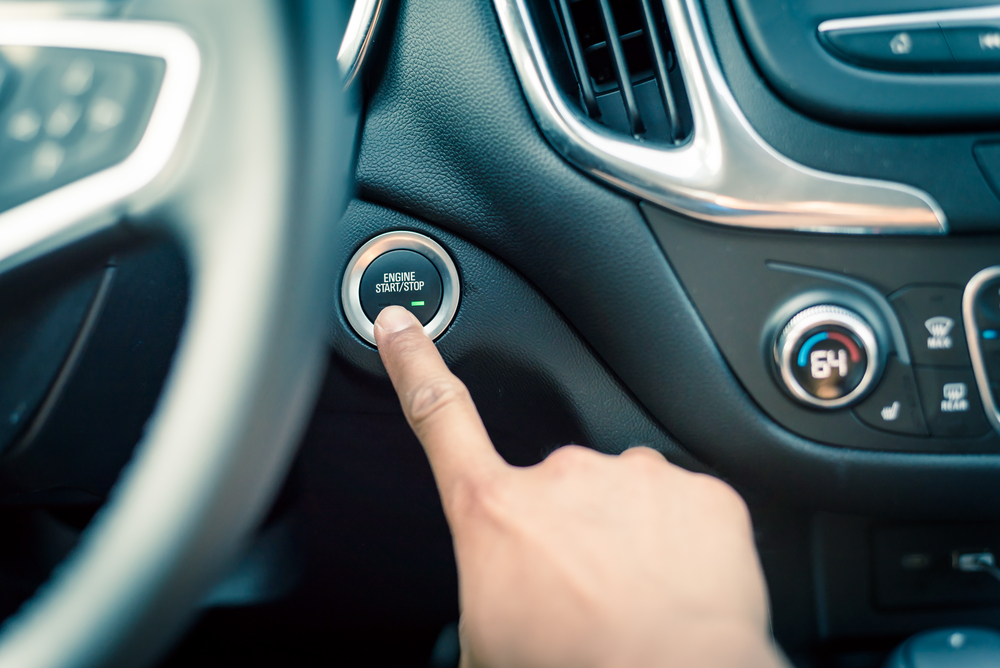Exposing the truth behind Engine Start-Stop Technology
Valerie Raskovic

In the pursuit of increased fuel efficiency and reduced emissions, many modern vehicles come equipped with engine start-stop technology. This feature automatically shuts off the engine when the vehicle is stationary, such as at a traffic signal and restarts it when the driver accelerates. Manufacturers frequently leverage the advantages of engine start-stop technology, emphasizing reduced fuel consumption and lower emissions to promote higher fuel efficiency and lower MPG figures in their advertisements. Nevertheless, we will delve into the genuine advantages and drawbacks of the system, enabling you to determine whether it's worthwhile to have it activated in your late-model vehicle.
While this innovation has some environmental benefits and improved fuel economy, concerns often arise regarding its potential long-term cost as it relates to various car systems and the engine. The initial consideration you must bear in mind is that not all start-and-stop technology is constructed and integrated with equal proficiency. For example, the Ford EcoBoost engine has received complaints from owners regarding the start-and-stop technology's challenges in initiating the car on hot days, particularly when running the AC to keep the cabin cooler. The system may experience delays in activation, leading to potential discomfort for passengers. So, the key takeaway here is that not all start and stop systems are created equal and it is absolutely vital that you research the year, make and model of the vehicle you intend to purchase.
The overall positive news is that most start-and-stop systems installed on late-model vehicles are designed to consider various factors, including engine temperature, battery charge and driving conditions, to ensure that the restart process is optimized for minimal stress on the engine and electrical components. The systems are intelligently designed to ensure that frequent starts and stops have minimal impact. Advances in engineering, including more robust starter motors and enhanced engine components, have been implemented to withstand the demands of frequent starts.
One of the primary consumer concerns is related to excessive wear and tear on the starter motor. The good news is that modern starters are engineered to handle a significantly higher number of start cycles compared to traditional counterparts. Moreover, the starter is just one component of a comprehensive system designed to manage the start-stop process seamlessly. Yet, with extensive city driving common in commercial use, such as taxis, you might observe a higher occurrence of starter, fuel pump, and battery failures compared to a conventional vehicle without this technology. Moreover, it is essential to bear in mind that certain vehicles may possess preexisting common failure points that could be exacerbated by start-and-stop technology, underscoring the importance of thorough research.
The main issues typically occur when one or more components within the start-and-stop system fail, given that the system depends on sensors, a sufficient power supply, cooling and other essential components, relying on their flawless functioning. For instance, if your vehicle harbors an unresolved cooling system issue, the stop-and-start feature can impose added strain on the engine, potentially leading to overheating and consequential catastrophic damage. This underscores the critical importance of adhering to recommended maintenance schedules and promptly repairing or replacing any compromised components. Regular maintenance, including checking the battery's health, engine oil, coolant system and fuel system and ensuring the starter system is in optimal condition, can contribute to the longevity of the engine and related components. If any of these crucial systems are malfunctioning or in need of service, it is recommended that you deactivate the start-and-stop feature until the vehicle is serviced and any damaged systems are repaired.
Overall, this technology has some real benefits and, in newer vehicles, is a well-engineered solution designed to balance environmental concerns with the health of the engine. Nevertheless, like most new automotive technology, it depends on a multitude of components, and that is crucial to keep in mind. The system's effectiveness is directly tied to the quality of its constituent parts, making it imperative to service and maintain the vehicle to ensure these components function safely at their optimal efficiency and prevent substantial future repair expenses.
Read more articles

